





 |
 |
 |
 |
 |
 |
| Jean-Marc MICHEL | profile | all galleries >> Cambodia >> Angkor | tree view | thumbnails | slideshow |
| previous page | pages 1 2 3 4 5 6 7 8 9 10 ALL | next page |
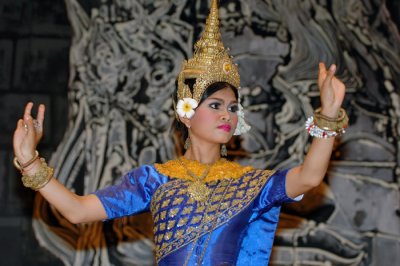 DSC_0138.JPG |
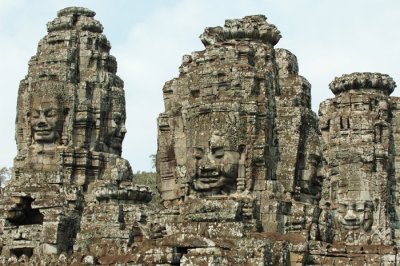 DSC_0156.JPG |
 DSC_0162.JPG |
 DSC_00002.JPG |
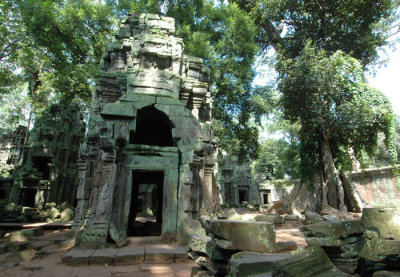 DSC_0052.JPG |
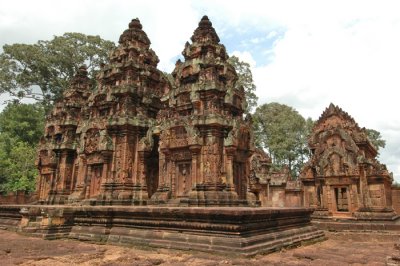 DSC_0121.JPG |
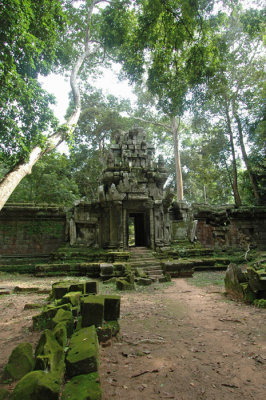 DSC_0066.JPG |
 DSC_0126.JPG |
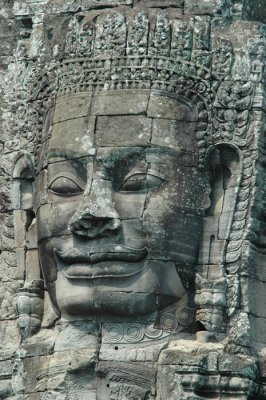 DSC_0165.JPG |
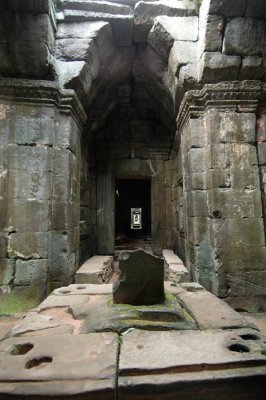 DSC_0094.JPG |
 DSC_0147.JPG |
 DSC_00067.JPG |
| previous page | pages 1 2 3 4 5 6 7 8 9 10 ALL | next page |
| comment | share |
| Colin Clarke | 14-Feb-2009 10:59 | |